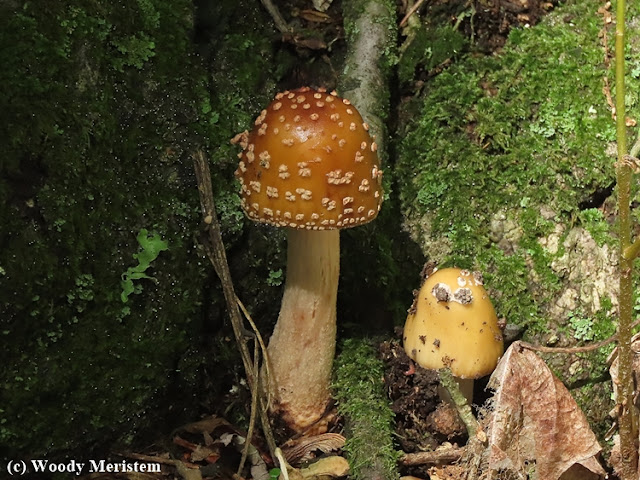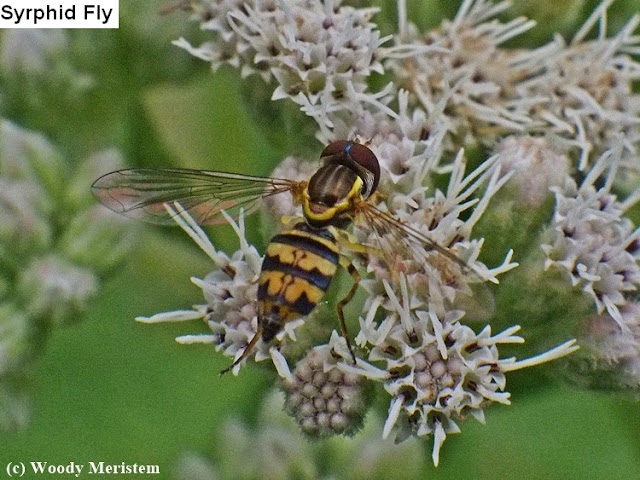Anyone who knows me knows that I don’t like summer with its heat and humidity – an abundance of biting insects doesn’t make it any better. Earlier this summer the daily high temperatures in northcentral Pennsylvania were in the 90°s with humidity to match – UGH!!!! Those days also featured ticks, biting midges, mosquitoes and deer flies.
Thunderstorms that came along with the the heat and humidity often brought those unpleasant days to a close. The night before this was written the storm lasted 3½ hours and dropped over two inches of rain.
While I may dislike summer’s weather and think the combined heat and humidity are absolutely rotten, many fungi thrive under those conditions. Although some species are easy to identify, many are very variable. I've not found my field guides to fungi particularly helpful in identifying fungi, so please don't ask me to identify any of these interesting and colorful fungi that have produced their fruiting bodies in the last few weeks –
Fungi are really interesting, most of their substance is unseen: underground, inside living or dead plants or animals, even as a component of lichens.
There are fungi that live on the outside of other organisms, among those are athletes' foot and ringworm and this entomopathogenic (insect infecting) fungus on a stag beetle –
Many trees and all of our orchids rely on mycorrhizal fungi on their roots to acquire nutrients and/or water. Fungi are also responsible for much of the decay and elimination of dead plant material. And, if you like cheese or bread or beer or mushrooms on your pizza you owe a debt to fungi.
Many living creatures also eat fungi; from other fungi, to slugs and insects, to rodents and deer –
So when
you’re out in forest and field don’t just look at birds and deer
and wildflowers – fungi are worth a look too. Don't eat any you can't absolutely positively identify since a number of species are deadly poisonous.













































